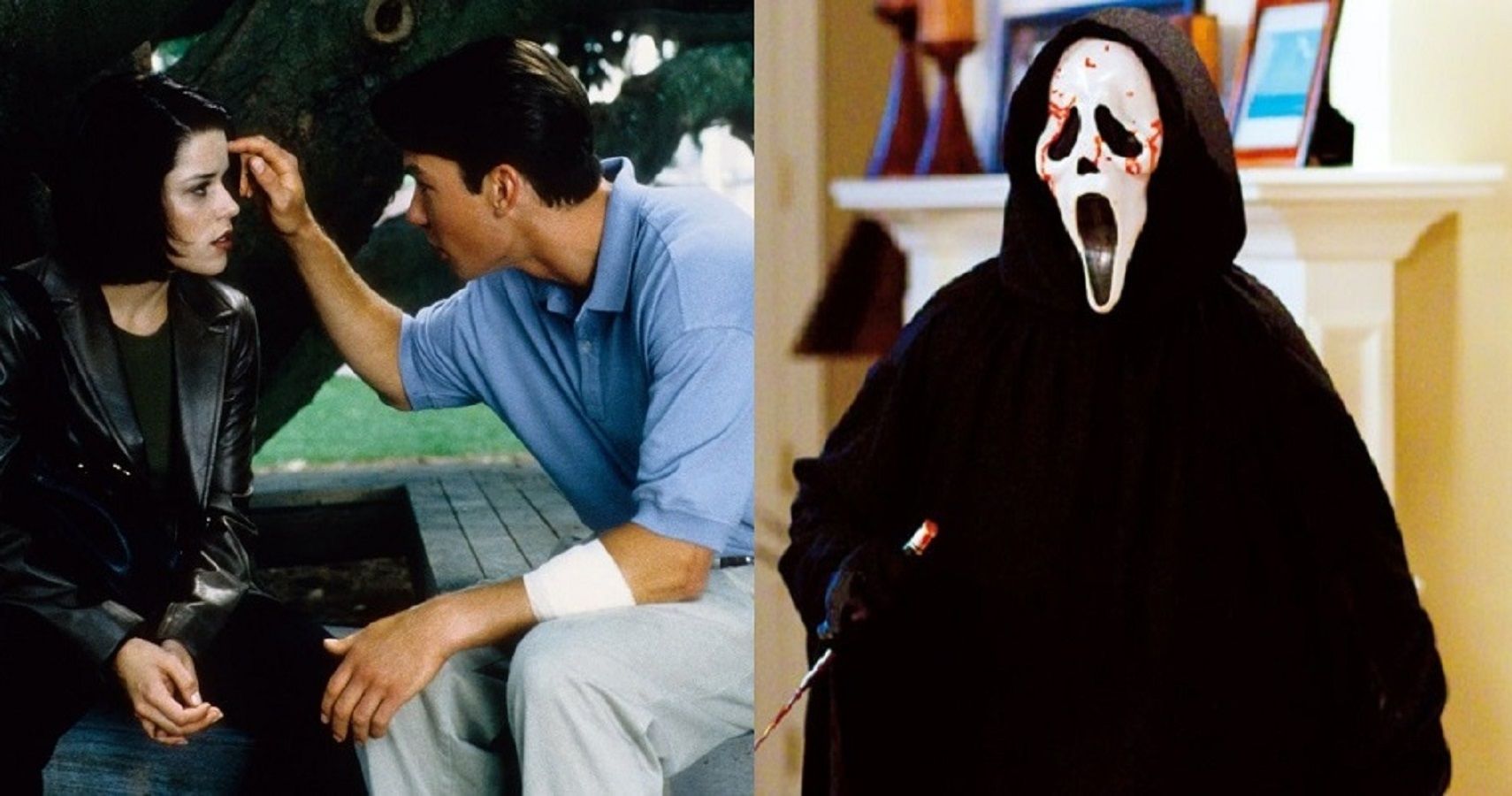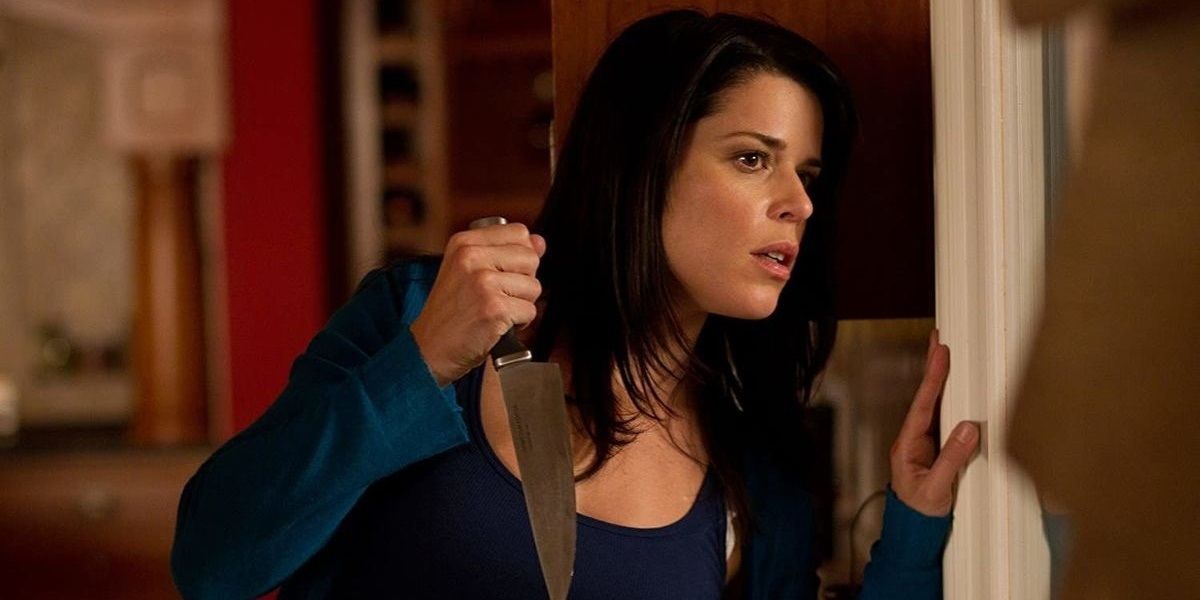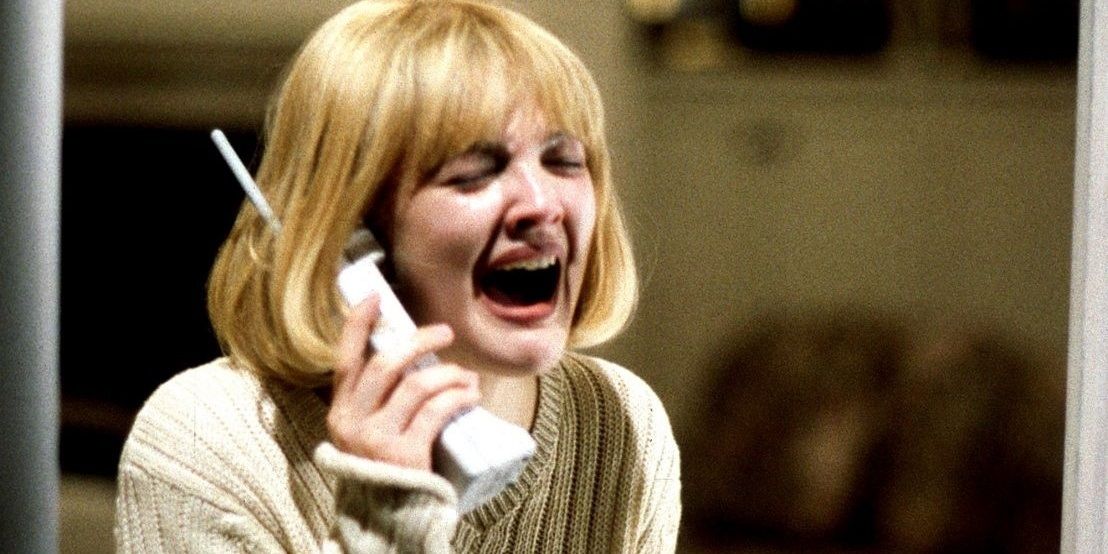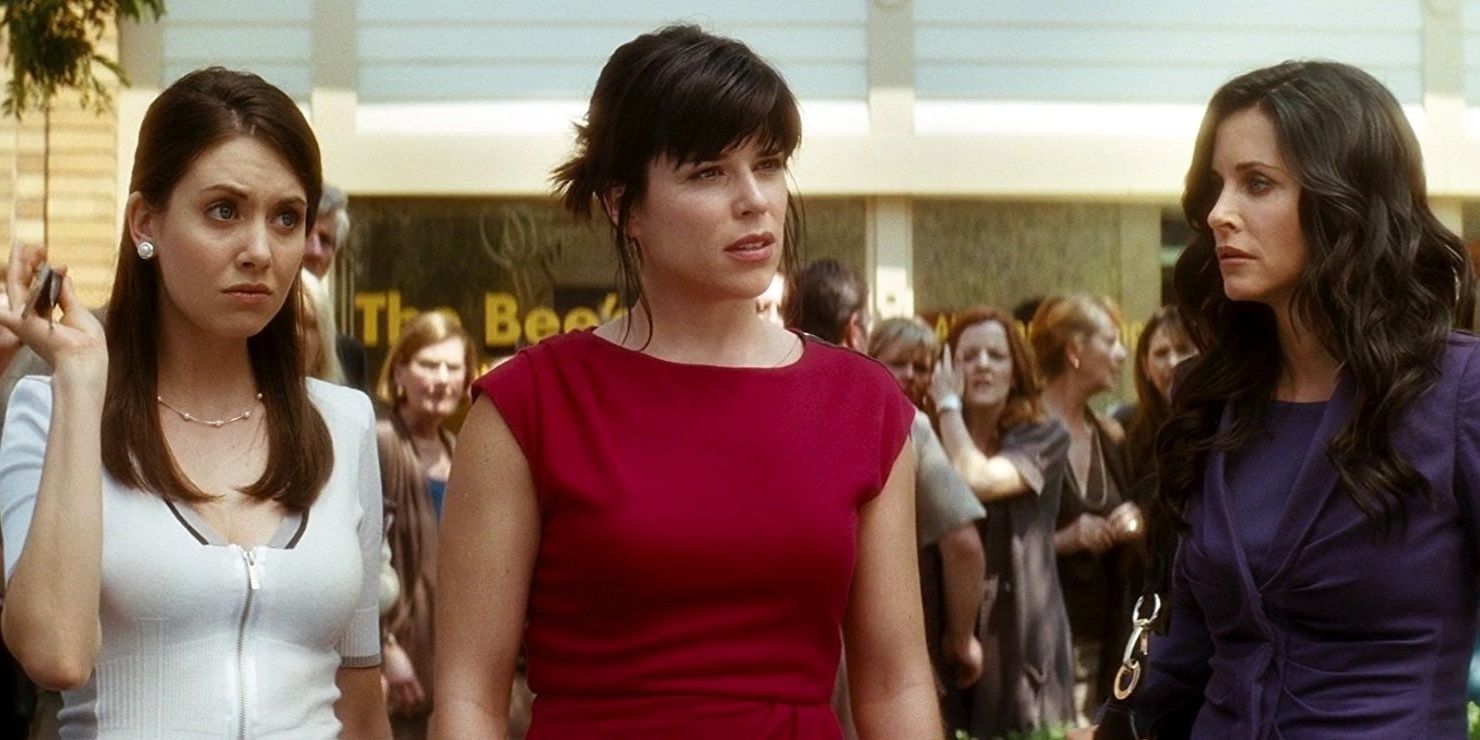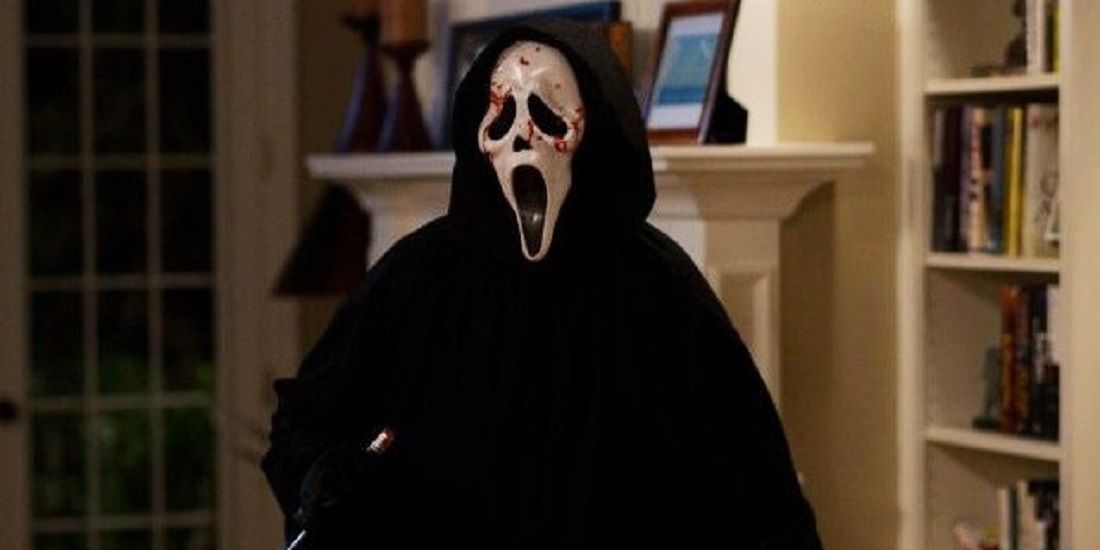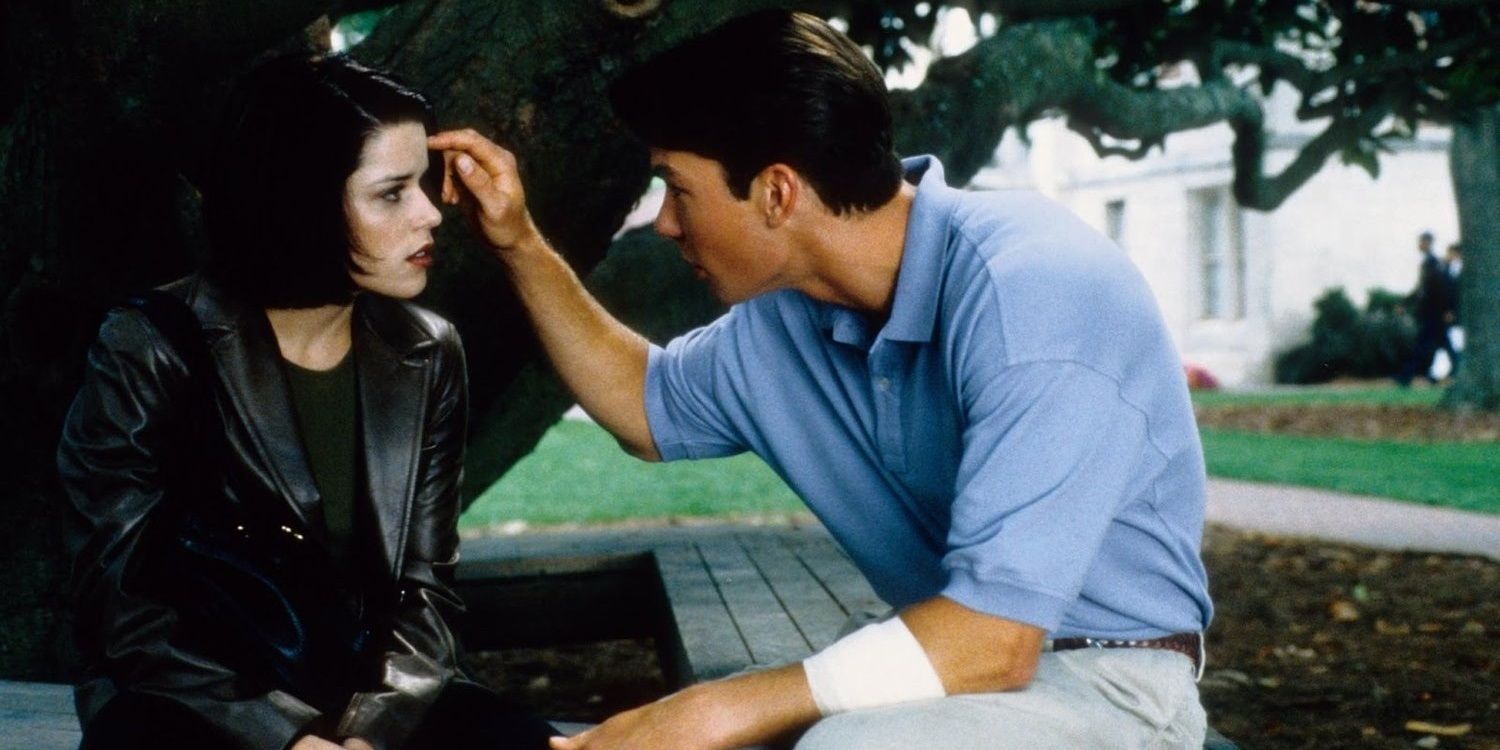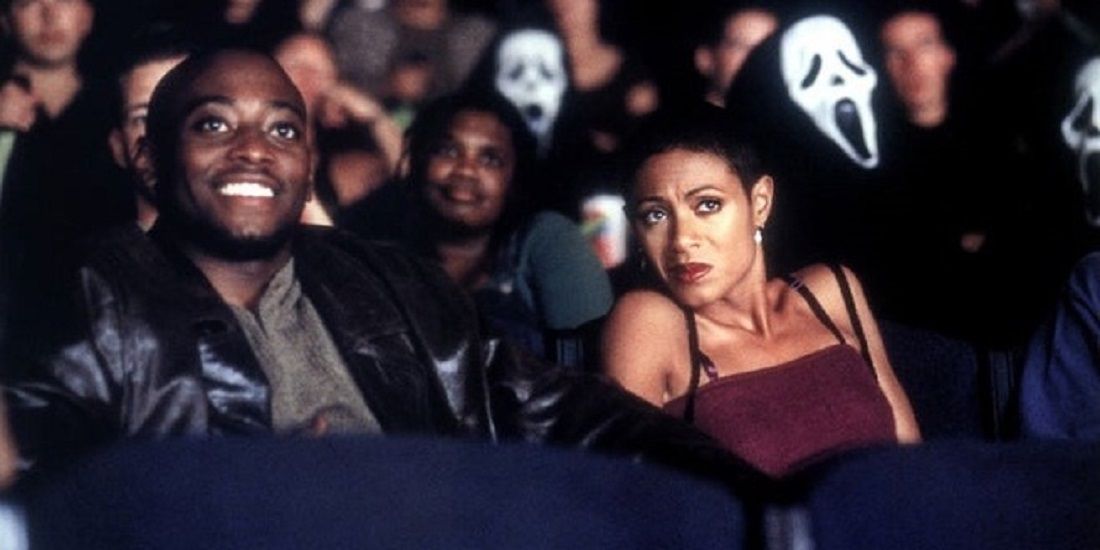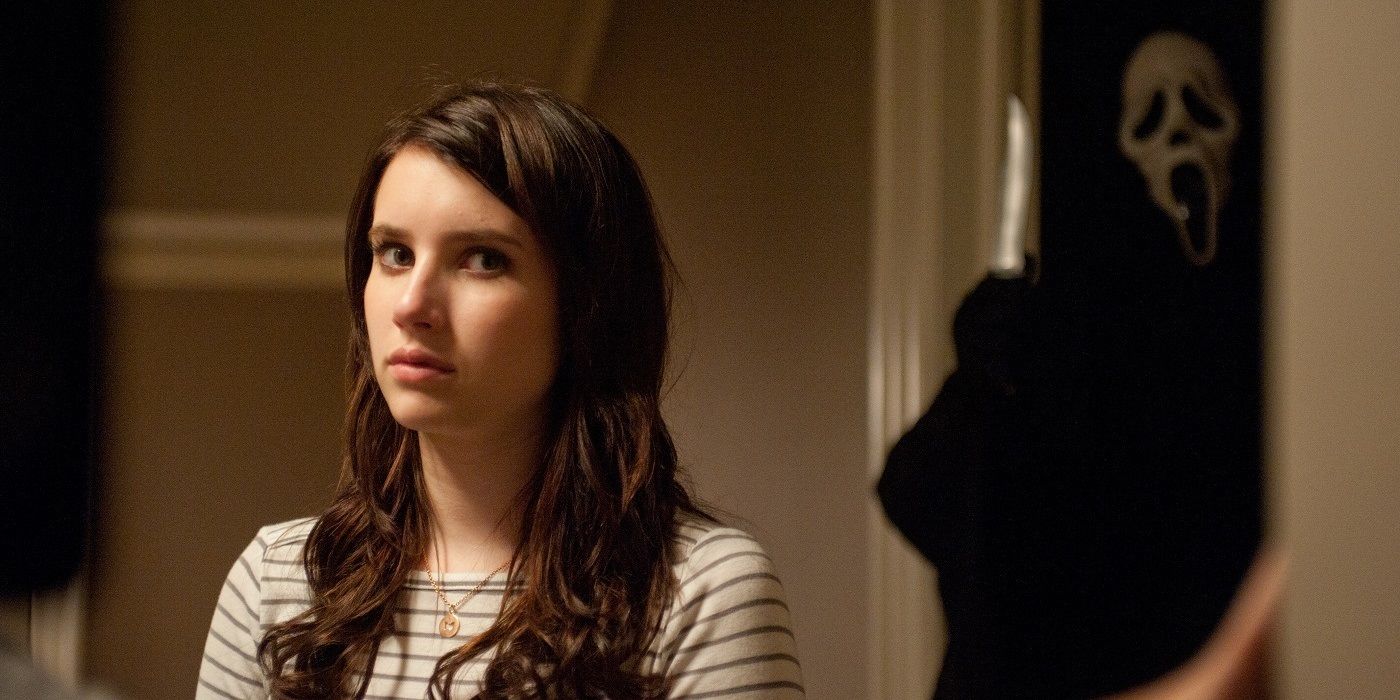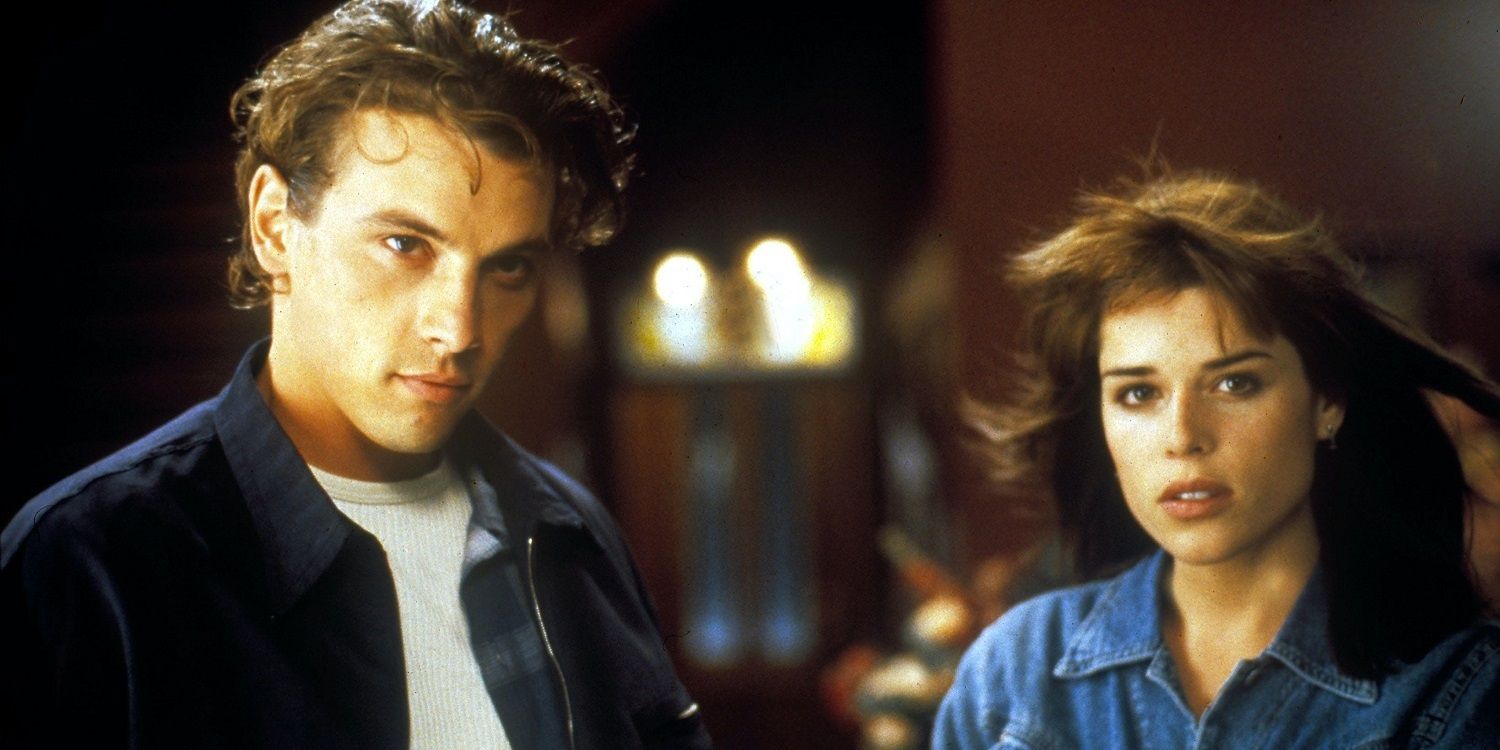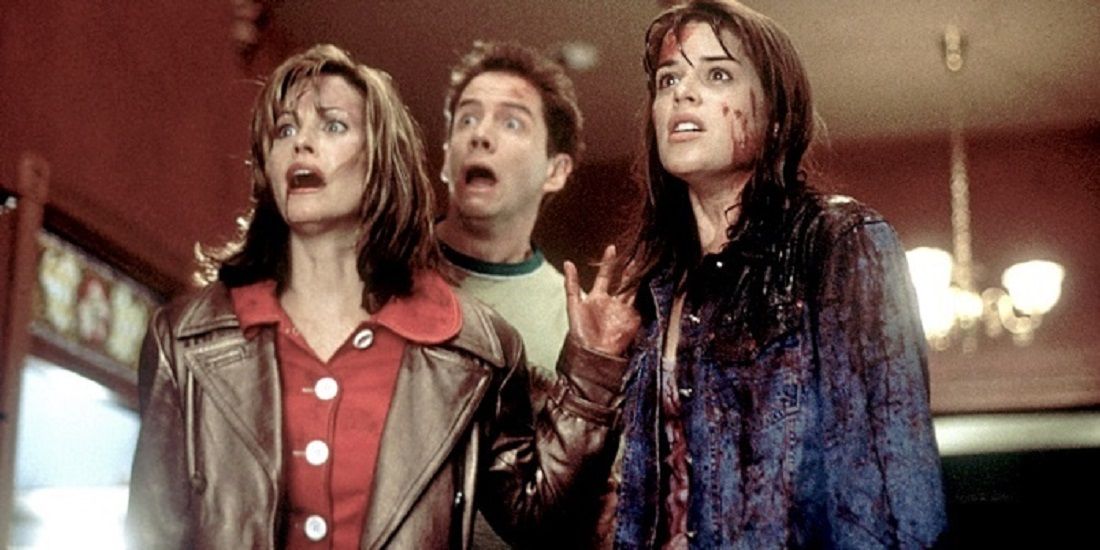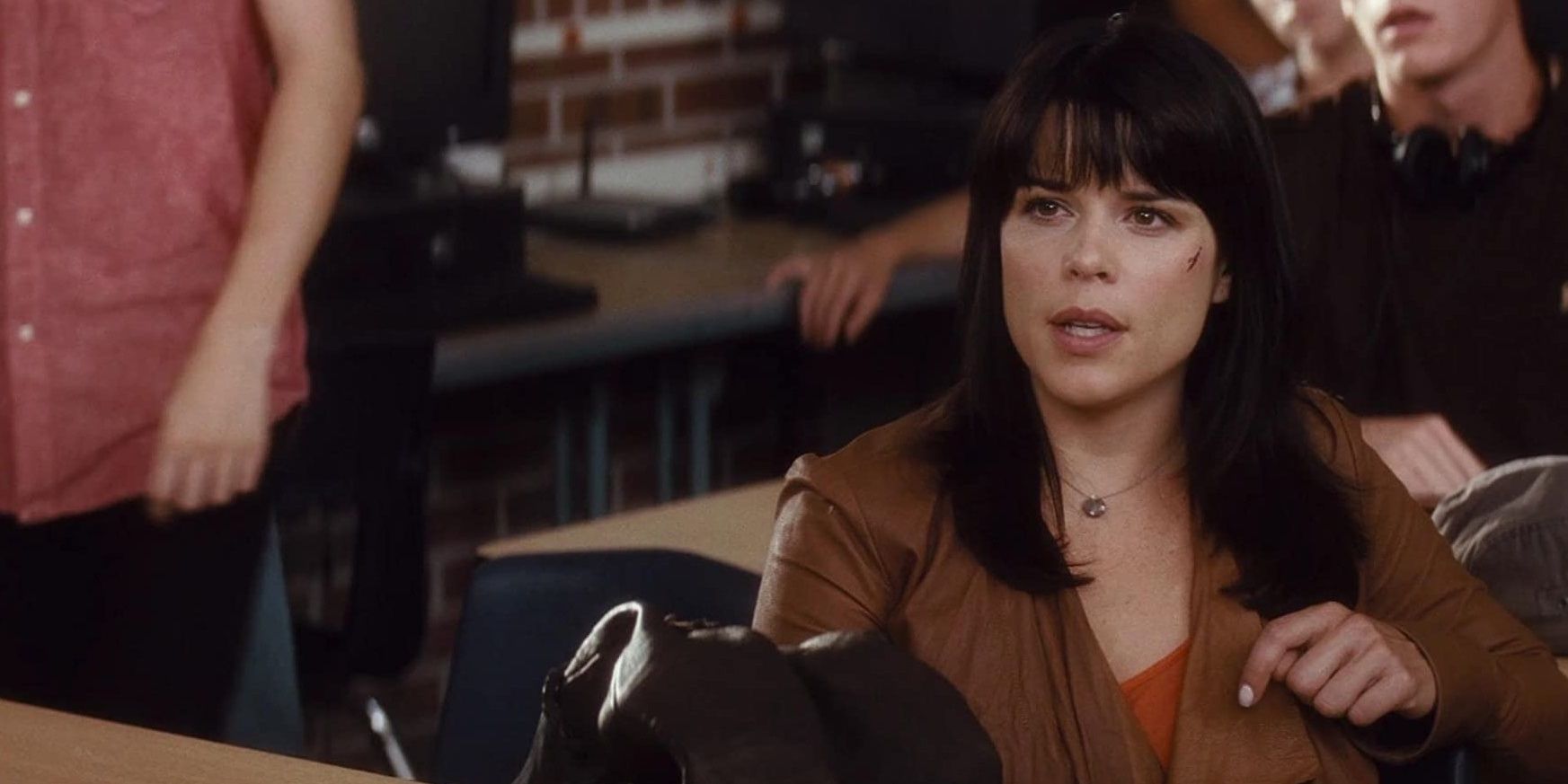Scream is beyond doubt, the one franchise which dragged the slasher genre into the 21st century, which is funny because the first Scream movie came out in 1996, which is technically the last century. But the film re-defined the genre and actually paved the way for Hollywood slasher flicks to take bigger risks instead of following dated jump-scare tactics.
Wes Craven’s whodunit-meets-slasher franchise has had four films to date, with two more reportedly in development. The film follows the Woodsboro massacre led by a masked killer and follows the life of Sidney Prescott, whose family is closely tied to the chain of murders. Here are all the ways the franchise changed horror for the better and for the worse:
For Better: The Modern Slasher
Scream gave a facelift to the slasher genre by perfecting upon elements that were too campy to actually exist in modern Hollywood. The movie has often been described as the thinking man’s slasher, considering how it featured a nuanced narrative of a dysfunctional family at the heart of it, which made the story much more relatable.
Before Scream, slasher movies were not expected to be particularly clever, or well-conceived; even in franchises like Halloween or Child’s Play, the main draw was always the gory killings and the jump scares. But with Scream Wes Craven significantly changed the tide which raised the bar for horror films.
For Worse: The Cliche Of The Scary Phone Call
Post Scream, almost every other horror outing in Hollywood started featuring scary phone calls. This is not something the franchise introduced per se, but after it came out, almost every horror sub-genre featured the cliche of an ominous phone call received by a potential victim, be it in The Ring or When A Stranger Calls.
And to make things worse, Scream did not ditch the trope after it became over-used. In Scream 2,3,4, the phone call remains a crucial part of the narrative, which has often made viewers wary.
For Better: The Anti-Scream Queen
Critics had largely referred to Neve Campbell’s Sidney as the answer to Halloween’s Laurie and the tradition of the screaming girl horror motif. Sidney had not been sexualized to make her seem more vulnerable; she was not depicted as the quintessential ‘innocent virgin’ like Laurie.
In fact, Scream was the film that did away with the misogynistic trope of the ‘Ms goodie two shoes’ who must play it right to survive till the end. The fact that Sidney, for the most part, handled her own problems, be it her crazy ex or Mr. Ghostface, was hugely empowering and was a very significant milestone for Hollywood.
For Worse: Treatment Of Ghostface
The most intriguing thing about Ghostface is the fact that it is not one person, but a looking presence. Throughout the Scream franchise, every new baddie had worn the mask. And as effective as the costume was, it’s disappointing that Ghostface’s mannerisms and demeanor remained largely the same in all the installments.
Some hardcore fans have argued that it was essential for ‘Ghostface’ to retain some elements of his alias so that he/she connects with the audiences, no matter who’s wearing the mask. But the lack of evolution is just not feasible, and it'd be a lot more organic if each baddie behaved somewhat differently, according to their persona.
For Better: The Acknowledgement Of Trauma
Scream was ahead of its time when it came to the treatment of Sidney’s trauma. Most slasher films push the victim’s past fears and anxieties under the rug, not even addressing the emotional toll it takes. Scream took a realistic look at how escaping a psycho murderer can scar someone for life.
In Scream 3, Sidney is a crisis counselor for an abused women’s hotline and in Scream 4, she’s an author who has penned a book on the Woodsboro massacre, since she was at the center of it. This shows that she couldn't leave her gruesome past behind, and it made a lot of sense.
For Worse: The Unnecessary Big Opening
Was the dramatic big opening really necessary in each Scream outing? Most fans argue that it was a signature, something that reminds the fans of the franchise’s history. Here’s the thing, the iconic Scream 1 opening with a blond Drew Barrymore being chased into her own porch and then being stabbed and hung from a tree is etched into the fandom’s memory because of its significance.
Casey was not only Ghostface’s most brutal kill, but her death also marked the beginning of the Woodsboro massacre. But since every Scream began with a gory murder, it became really predictable.
Better: The Family Horror
Most people miss out on the fact that in Scream, the source of real horror is family. Each of the killers in the franchise is connected to Sidney through blood, except Debbie Loomis in Scream 2, who was the mother of Ghostface 1 aka Bill Loomis, Sidney’s ex.
Her motives were, again, rooted in avenging the death of her son. In Scream 4, it’s Sidney’s own cousin who sets out on a killing spree and dons the alias of Ghostface, because she is jealous of all the attention Sidney has received over the years. The genre of horror films, propelled by family drama, gave way to several major horror outings from Ari Aster’s Hereditary to the hit Netflix series The Haunting of Hill House.
Worse: Fueled Franchise Culture
A horror franchise is different from a superhero or a comic franchise because the fandom shows up for the same scare tactics only so many times. Scream was one of the first major modern franchises, but it didn’t really need to be one; the fandom agrees that after Scream 2, the franchise seems kind of pointless.
The family angle has gone stale, if Scream really does end up having another two installments as reported, audiences would immediately know who to suspect. If it does away with the family angle altogether, it wouldn't make much sense for the flow of the narrative, and it would be pretty difficult to keep things fresh at this point, what with horror genre has evolved so much.
Better: The Self-Aware Slasher
One of the best things about Wes Craven’s directorial style was that Scream was very aware of its own goofiness. In Scream 2, the opening sequence is of a group of teenagers watching a film based on the Woodsboro murders; in the theater, a girl gets killed by someone in a Ghostface mask, because the others assume the killer is not a real one.
This is almost too meta for a mainstream slasher film, and indicative of the franchise’s self-awareness. It was almost as if the film was laughing at itself; this self-spoofing technique was eventually picked up many horror films, to connect better with the audiences.
Worse: No Inward Journey
Scream had the room to delve deeper into Sidney’s inner journey from a traumatized teen to a survivor who is still struggling with her past. In each of the films, Sidney’s personal narrative is largely dictated by how she is attacked or rather when she is attacked. Her trajectory or emotional growth is given very little screen time.
At the end of Scream 4, the viewers still don’t really know the kind of person Sidney is. This is something many films have picked up from, as several horror outings use the trauma and the troubled past to define a character, which is obviously the easy way out.

